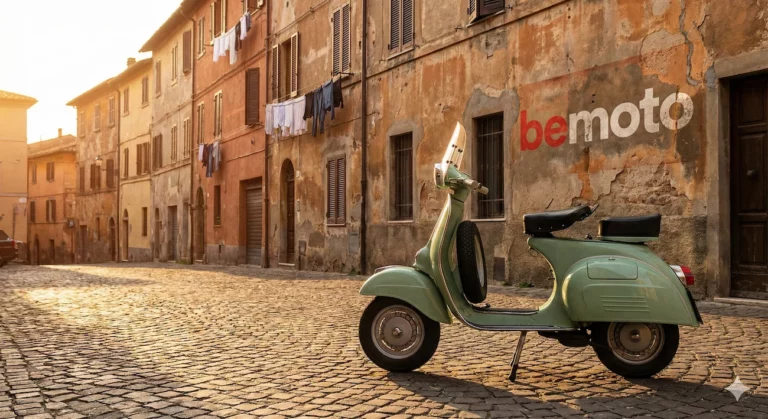
What the Fork? The Style and Soul of Scooter History
They aren’t just for delivering pizza. Scooters saved Europe after the war and defined British youth culture. Join Spanners for the second leg of our history tour.
The Pit Stop
Share this page:

They aren’t just for delivering pizza. Scooters saved Europe after the war and defined British youth culture. Join Spanners for the second leg of our history tour.
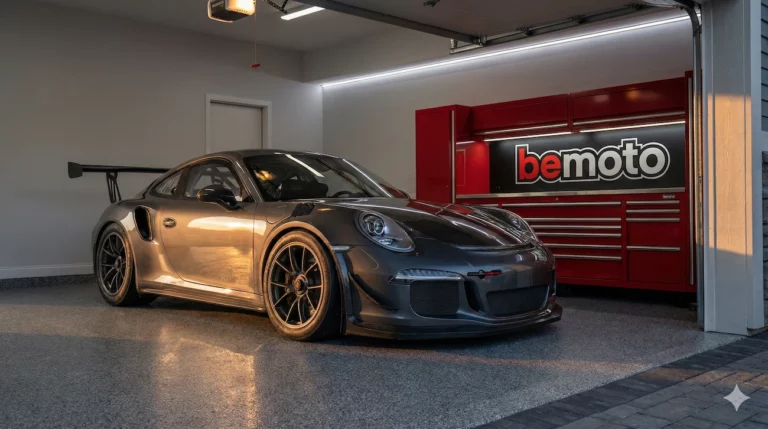
Don’t leave your track car or project build at risk. Spanners looks at the new SORN and Laid Up Insurance for Cars from Track Day Addicts (TDA).
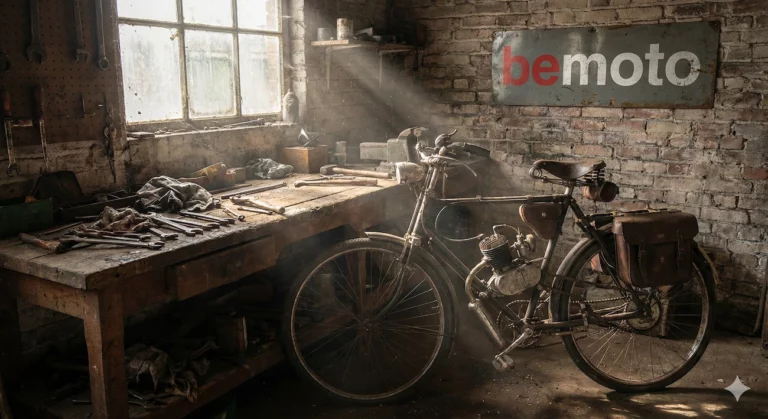
Think mopeds are just for delivering pizza? Think again. Spanners takes a ride through moped history, from the dangerous clip-on engines of the 1900s to the glory days of the ‘Sixteener Special’.
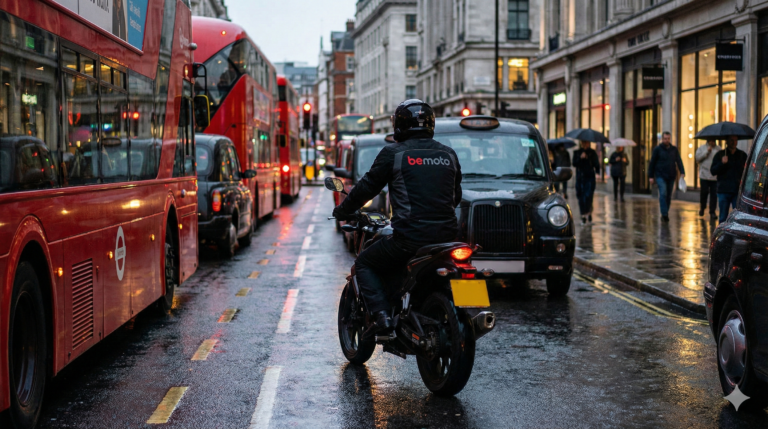
The city is a battlefield where Uber drivers and delivery scooters are out to get you. Here is how to filter like a pro and stay visible in the chaos.
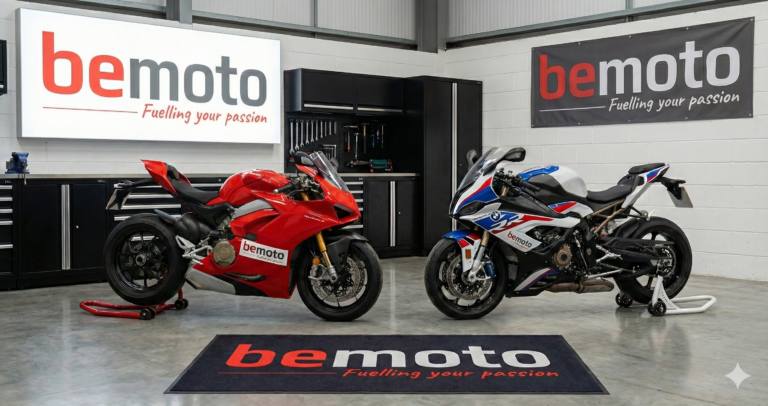
Is your garage hiding a goldmine? We explore the ‘blue-chip’ bikes of the 2000s and 2010s that are set to become the next generation of classics. Learn how to spot a winner and protect its value.
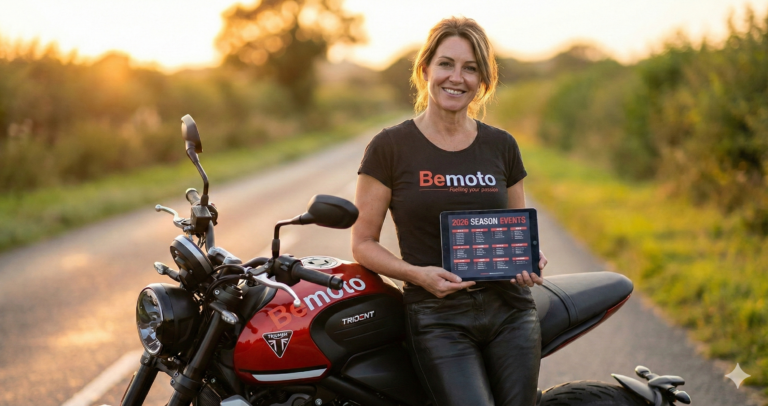
January in the UK is for dreaming, planning, and doing. While the maps are being marked for the summer, it’s the perfect time to get your hands dirty in the garage. From checking your battery to scouting the 2026 release
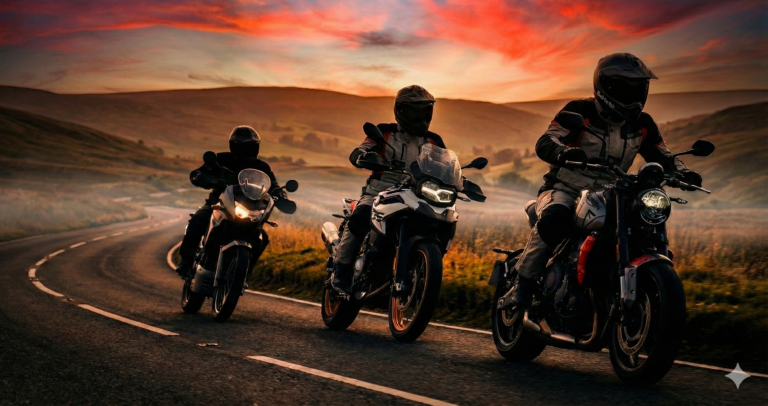
Bigger isn’t always better. In 2026, the UK motorcycle market has hit a turning point as riders swap heavyweight monsters for the ‘Goldilocks’ zone of motorcycling. From the rugged Kawasaki KLE500 to the tech-heavy BMW F 450 GS, we dive
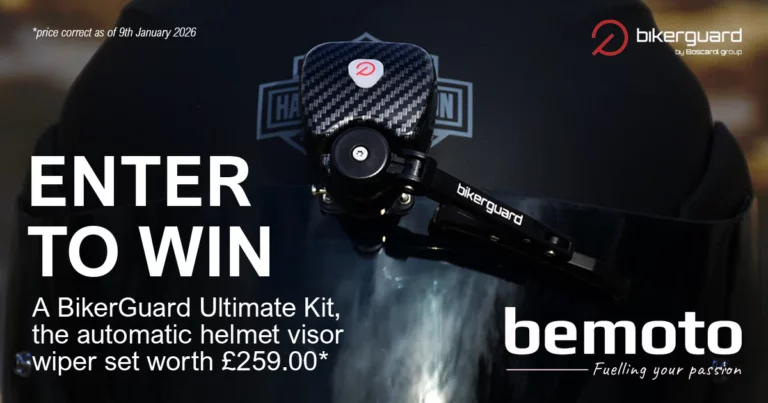
We’re giving one lucky rider the chance to win a BikerGuard wiper unit, designed to keep your vision clear and your rides safer in wet and challenging conditions. Whether you commute daily or ride for fun, this clever piece of
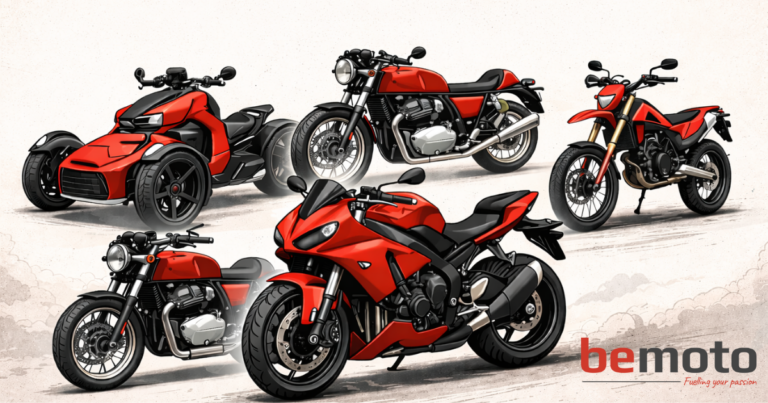
Understanding the different motorbike types makes it easier to identify them on the road and choose the right bike for your needs. This guide explains the main motorbike types, how to identify their key features, and gives clear examples of
BeMoto is a trading name of Moto Broking Limited registered in England and Wales, company number 09676058. Registered office: First Floor 15-27, Cowgate, Peterborough, PE1 1LZ. Moto Broking Limited is authorised and regulated by the Financial Conduct Authority (FCA registration number 715903). Calls may be recorded for our joint protection and training purposes.